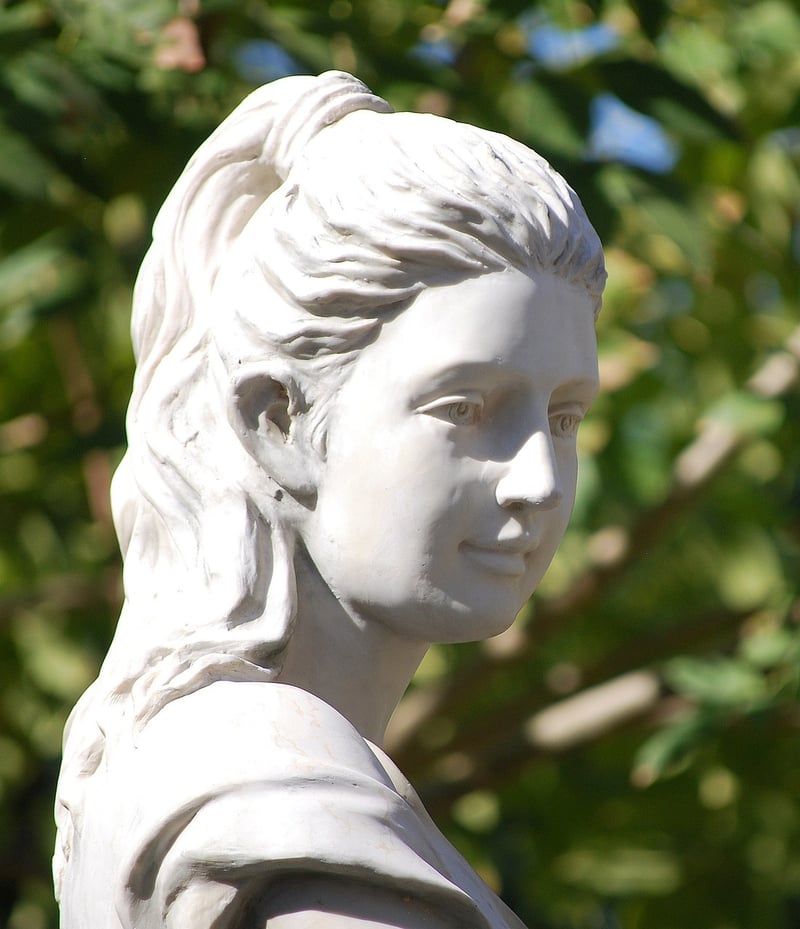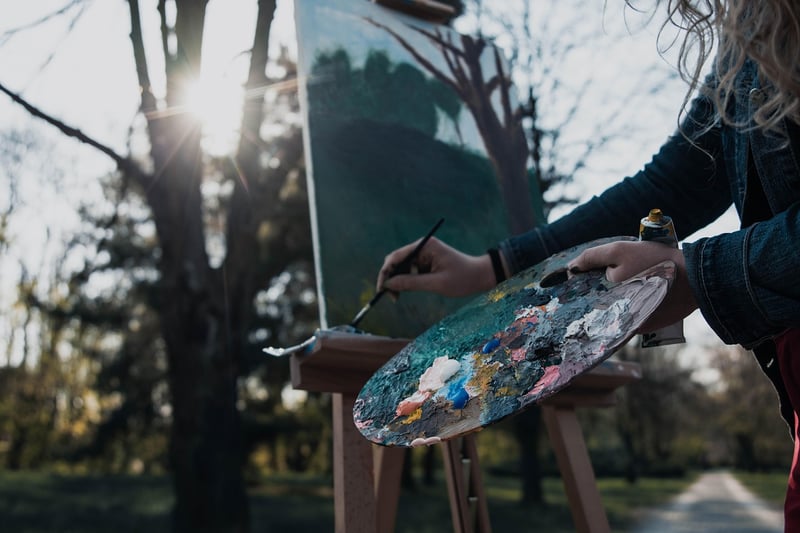Recycled canvas paintings
Unique Art Pieces from Recycled Materials
Creating art from recycled materials is not only a sustainable practice but also a creative way to give new life to objects that would otherwise be discarded. Artists around the world are finding innovative ways to repurpose materials into unique and inspiring art pieces that not only look beautiful but also carry a powerful message about sustainability and environmental consciousness.
Recycled Metal Sculptures
One popular form of art created from recycled materials is metal sculptures. Artists use old metal scraps, car parts, and other discarded items to craft intricate and fascinating sculptures that can range from abstract pieces to lifelike figures. These sculptures not only showcase the artist's skill but also highlight the beauty that can be found in unexpected places.

Recycled Glass Mosaics
Another stunning art form that utilizes recycled materials is glass mosaics. Artists collect broken glass pieces and turn them into vibrant and colorful mosaic artworks. These mosaics can be used to create intricate patterns, landscapes, or abstract designs, adding a touch of beauty and sustainability to any space.

Recycled Canvas Paintings
Recycled canvas paintings are a unique form of art where artists repurpose old canvases by painting over existing artwork or incorporating recycled materials into their paintings. This creative process not only reduces waste but also adds depth and texture to the artwork, creating a rich and layered visual experience for the viewer.

Artists who work with recycled materials are not only creating beautiful pieces of art but also spreading awareness about the importance of sustainability and recycling in today's world. By supporting these artists and their work, we can all play a part in reducing waste and protecting the environment for future generations.
Explore more unique art pieces created from recycled materials and be inspired by the creativity and ingenuity of artists who are making a difference through their art.
